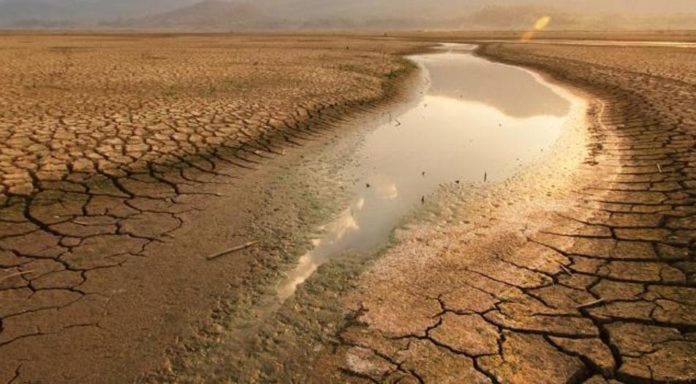The rainy season in 2019 has been the third-driest in Somalia since the early 1980s, according to a report by the United Nations Office for the Coordination of Humanitarian Affairs.
The main rainy season or gu (April-June) has been below average in the country since late 2015.
The scant rainfall in gu 2019, follows an abnormally dry condition during the jilaal season (January-March) and a poor Deyr or the second rainy season in October-December 2018.
The combined impact has caused widespread crop failure and a decline in livestock productivity, which has pushed communities in the worst-affected areas towards food insecurity. Overall, a staggering 5.4 million people will face food crisis by July, the report stated.
According to the Food Security and Nutrition Analysis Unit for Somalia (FSNAU) estimates, there will be up to 50 percent decline in the harvest in 2019. This comes at a time when Somalia is still recovering from a prolonged drought in 2016-17.
The conditions have also triggered large-scale displacement in the country. So far in 2019, 53,000 people have been displaced by drought, adding to the estimated 2.6 million internally displaced Somalis.
“The drought in Somalia has rapidly deteriorated and intensified much earlier than seen over the last decade,” said George Conway, the UN acting Humanitarian Coordinator for Somalia.
“Somalia is at a critical juncture, but with sufficient resources, we can reactivate the structures that successfully averted famine in 2017,” he added.
While climate change is expected to amplify the frequency and intensity of disasters like hurricanes, floods it will also contribute to more droughts, rising sea levels and a rise in displacements.
To avert the looming crises, an immediate scale-up of humanitarian aid is required. If it is not scaled up immediately, the number of people in the crisis and emergency levels of food insecurity is projected to reach 2.2 million by July, 40 percent higher than the projections in January, the report noted.
The 2019 Humanitarian Response Plan, which sought $1.08 billion for the year, was only 20 percent funded by the end of May. Since inadequate resources were pushing back progress, the aid agencies have superseded it by the new Drought Response Plan (DRP).
The DRP seeks $710 million to provide critical life-saving aid to 4.5 million people in the most severely-affected areas for June-December this year.
![]()





























